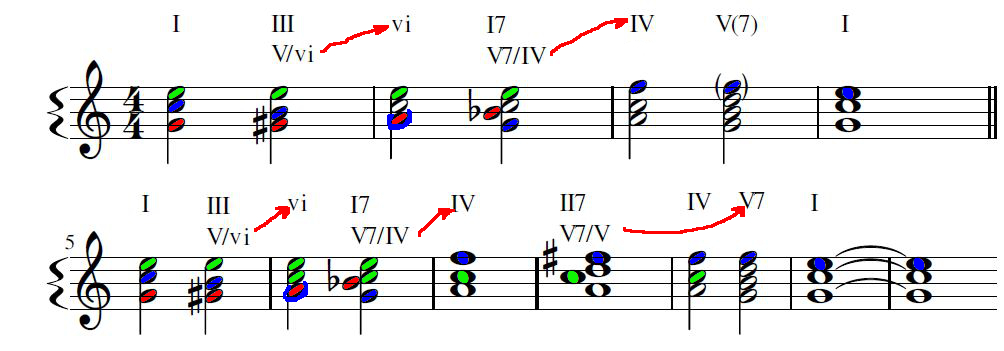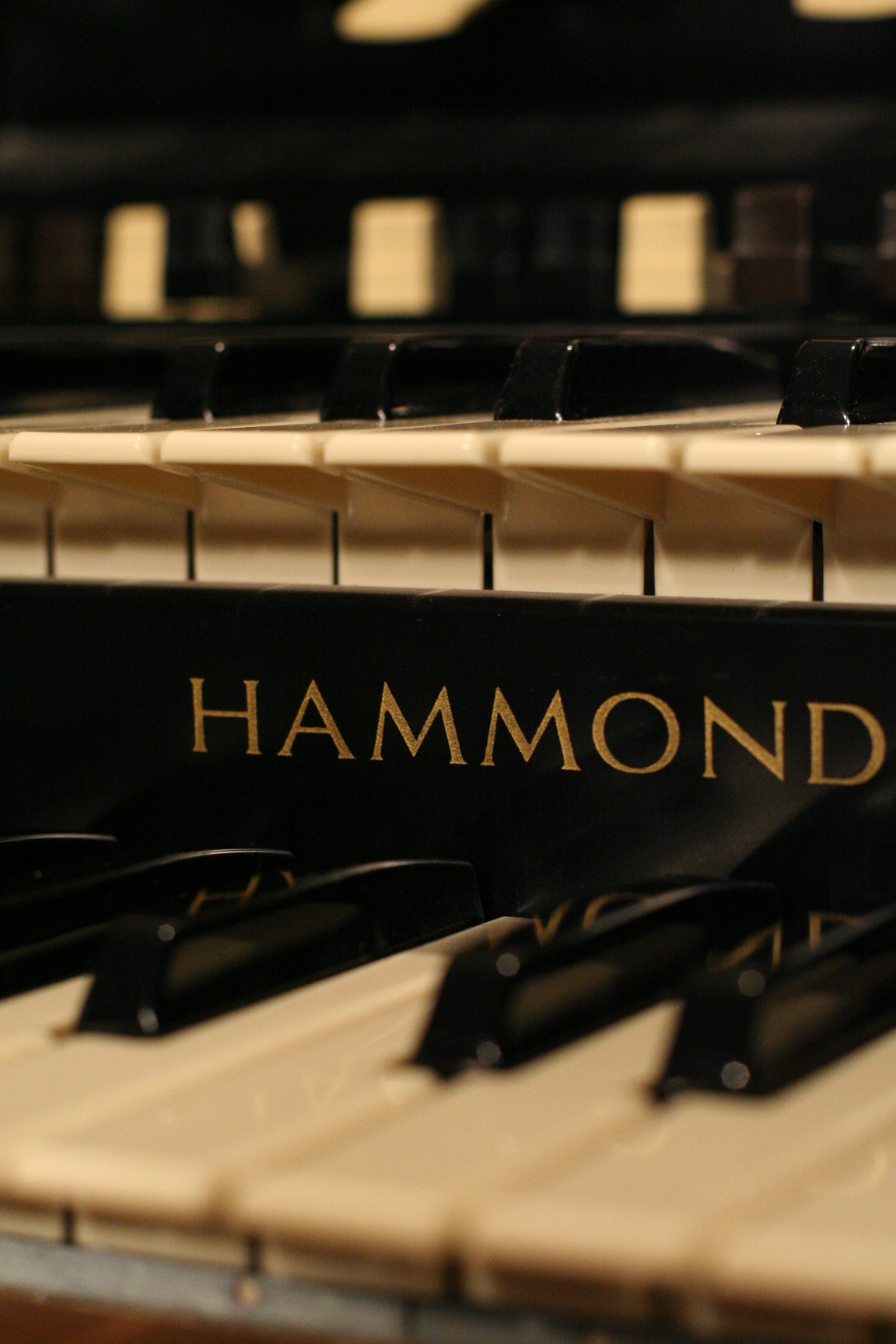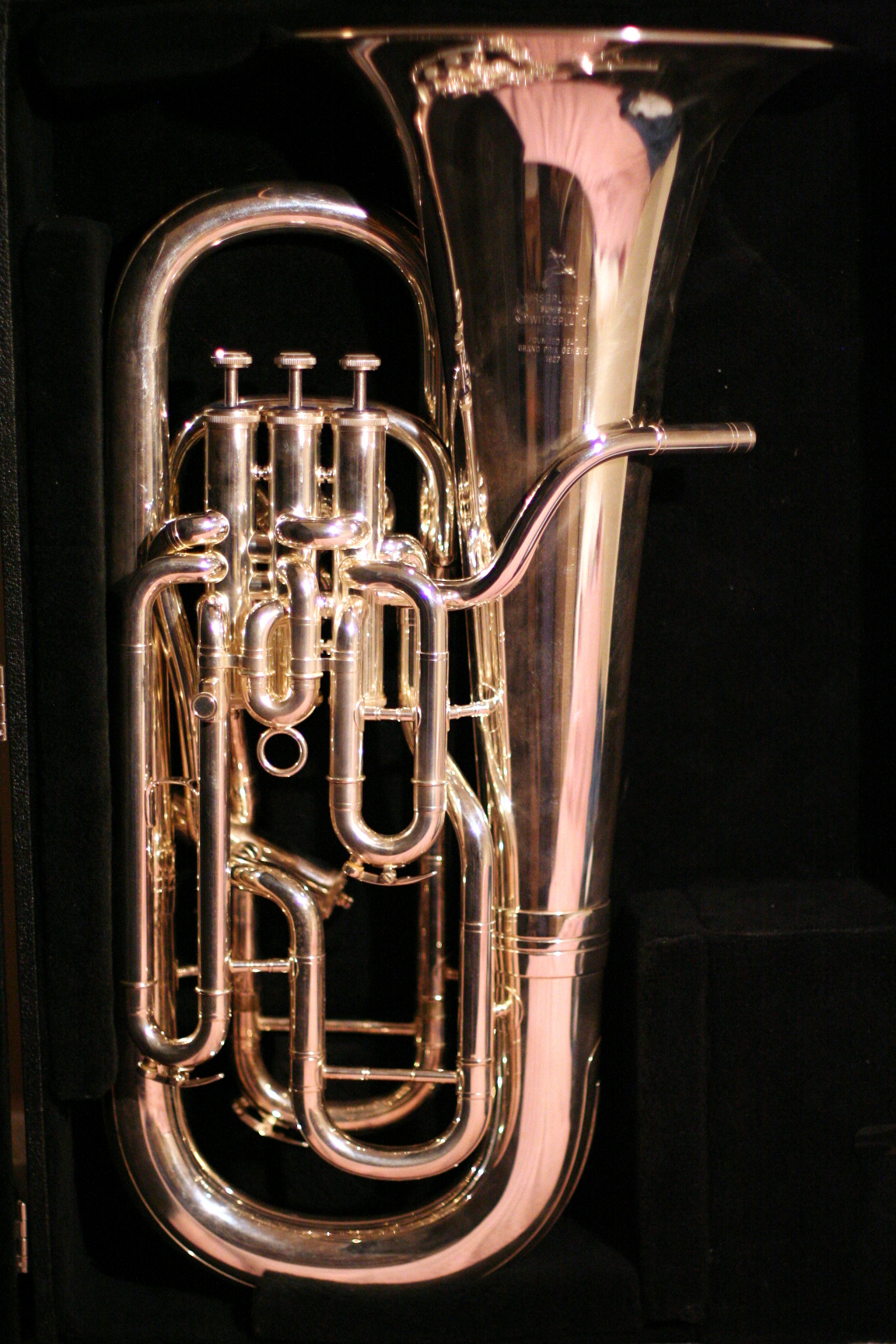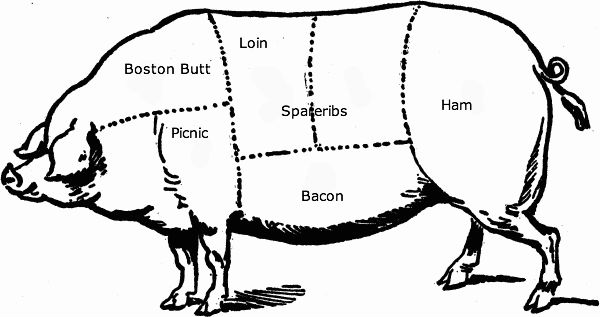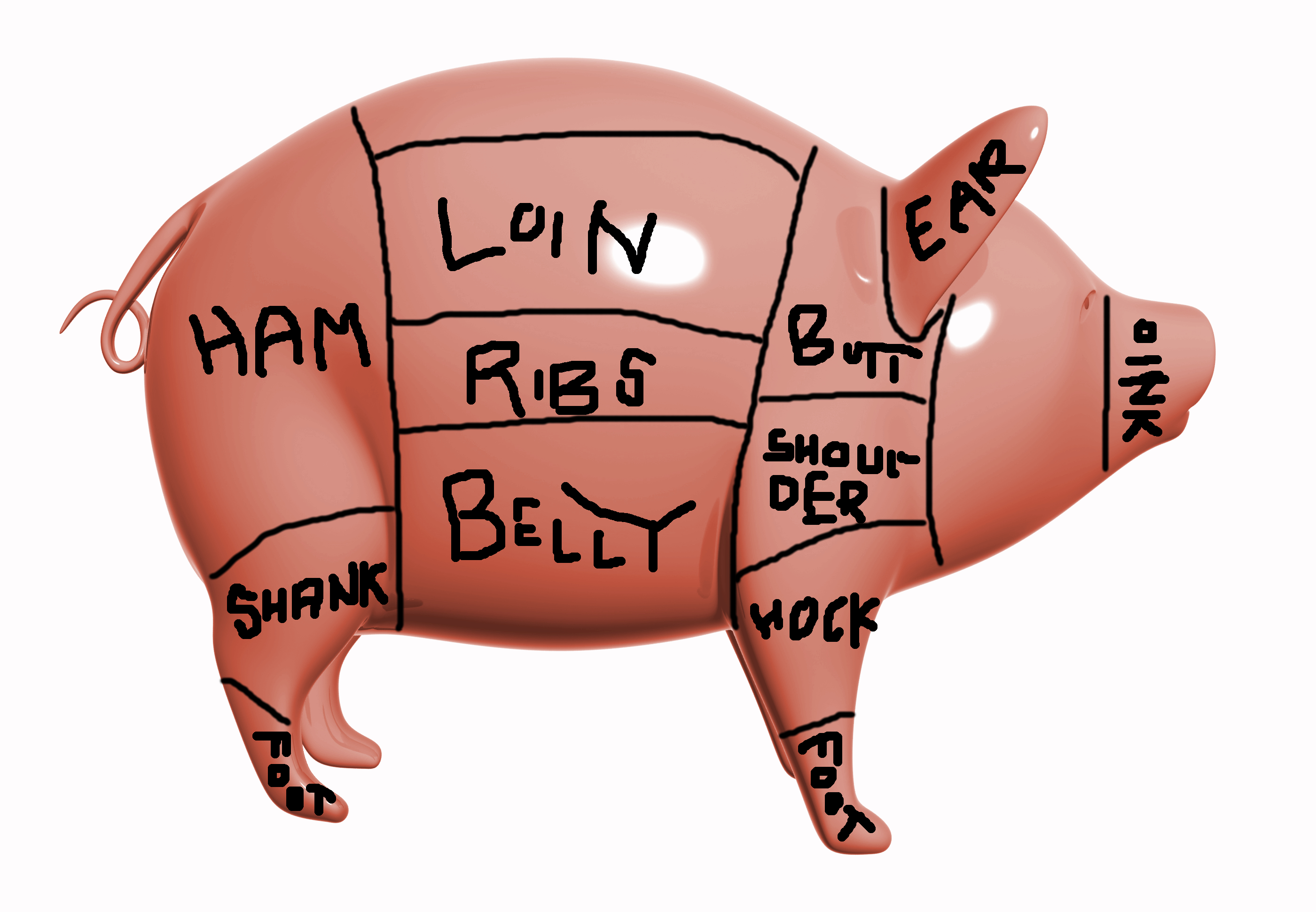Words are hard. They don’t stick in my brain very well. The idea they convey remains, but the actual words slip away. And a thought or idea seems simple until it must be put into words – the length of this post is evidence enough. When it comes to music, the text, the very meaning of the song, takes a back seat to other things. I might hear a song on the radio a hundred times and still fumble the words, substituting one word for another that sounds similar, or mixing lines from different verses.
No, with most songs it’s in the musical elements where my brain works best. And of the basic building blocks of music, harmony is where I am most at home. Rhythm and melody are nice, but harmony is what makes me like a song. I’m a harmony junkie. For me, it’s all about the changes. I suspect that whether other people know it or not, they might be the same way.
There is a musical comedy group in Australia, Axis of Awesome. Most of their comedy is offensive in some way or another, and this video is no exception. So . . .
****WARNING****WARNING****WARNING****WARNING****
At 5:20 these guys drop the big one. If you play this video and don’t want to hear the bomb, keep an eye on the clock and a finger on the pause button. When you hear the word “birdplane” you have about six seconds to stop the film. By that point, you really have seen most everything in this very clever and humorous bit showing the common harmonic structure of many pop songs and poking fun at the original (or unoriginal) artists. I understand they can do this once in movies and keep a PG-13 rating, but wish they wouldn’t. I really would like if there was a clean version as I could give it an almost-blanket recommend. Alas. . . //End Rant//
Here’s the problem. I like some of these songs, probably at least half of them. It’s a little like chocolate. Just because it’s a common Hershey bar, does that mean I won’t eat it because I had one last month, or last week, or yesterday, . . . or even thirty minutes ago? No, I’m gonna eat the Hershey bar every time. Go ahead, call me unsophisticated, I don’t care. It doesn’t have to be fancy chocolate with funny sea salt sprinkled on it. It doesn’t have to be made from the very best exotic pods. It doesn’t have to be delivered by a team of fancy purple unicorns. Normal unicorns are just fine. A regular Hershey bar is just fine. And I’m ok with the common I-V-vi-IV progression. Is it the best? Is it unique? No, but it gives my brain a hit. The chords are the foundation on which a great melody is built and tight inner harmonies are constructed. It lends music a sense of motion all on its own, of rising and falling, tension and release. A good progression can certainly be squandered, but having one is a great start.
Suppose you did want a better chocolate bar though. . . How about a longer progression that starts out the same way as I-V-vi-IV, but is deeper and richer. . . although still copied?
But first, what’s with all the Roman numerals? It’s called Functional Harmony, and it helps to show the relationships between chords in a given key. I is a triad built on the first note in a major scale, V is built on the fifth, vi is built on the sixth, and so forth. Upper case numerals are major chords, and lower case are minor. So you can have the same functional harmony in any of the 12 major keys, and it would be expressed with the same sequence of numerals, regardless of the actual chords being played. So this progression is:
I – V – vi – iii – IV – I – IV – V – I
In the key of G it would go:
G – D – e – b – C – G – C – D – G
In C it goes like this:
C – G – a – e – F – C – F – G – C
As you can see, when changing keys, all the other chords change, but when using the numerals to express functional harmony, the numerals stay the same no matter what key the song is in. For simplicity, all the printed examples are in the key of C, regardless of what key these recordings are actually done in. So here are a few tunes I can think of off the top of my head. . .
First, there’s the ever-classic Percy Sledge singing When A Man Loves A Woman.
The Bee Gee’s put it in Holiday.
The Dixie Chicks used it in There’s Your Trouble.
A few years later the Chicks feuded with Toby Keith after he did The Angry American.
Aerosmith built most of Cryin’ on it.
In Blues Traveler’s Hook, John Popper sings that it doesn’t matter what words he sings because you will come back for the hook. And I do . . .
There is Fastball with the chorus of Out of My Head . . .
And finally, there is the Rance Allen Group singing Let The Music Get Down In Your Soul.
Just for kicks I’ll throw in the Marc Broussard cover of the same song.
What’s going on here? Something makes me want to keep listing to the same progression over and over. What makes it so good? It’s the inner tension of the chords pulling against one another. Here is the basic progression. It doesn’t look like much.
But if I take the chords and invert them, or move the bottom note up an octave on some of the chords, you can see continuous stepwise movement down the scale from one chord to the next. These are highlighted in blue.
With a different inversion, the same chords show a continuous upward movement in the notes. These are marked in red.
Not all of these songs are exactly the same progression. Many take out the second IV chord because that allows for a continous stepwise scale all the way from upper C to lower C.
So with the same set of chords, there can be stepwise upward movement and downward movement at the same time – contrary motion. Human ears usually like this. Mine do. Everything works its way back to I. Some chords have a stronger tension toward I than others, like V – I is stronger than IV – I. Even stronger is if you add a 7th on top of V for a V7-I. It all wants to roll downhill back to I.
What’s that? I left one out? So I did. It turns out that this progression has been used for a long time. In fact, this progression is probably best known for Johann Pachelbel’s use of it in his Canon in D, probably composed sometime in the late 17th century. Here is an ensemble playing it on period instruments.
httpv://www.youtube.com/watch?v=JvNQLJ1_HQ0
What amazes me is that I will listen to songs where I disagree with the words essentially because of the chord progression. I get Toby Keith, I really do. I remember being angry like that. But is it just to seek revenge and revel in the destruction of one’s enemies? The awesomeness of the song makes me second guess myself. And there’s Rev. Rance Allen, telling people they will find the answer deep inside themselves. Please don’t look inside yourself. You’re full of guts and other gross stuff. Something about that music? Do you feel it? Yes, it’s the chord changes. That’s all it is. So-called gospel music without a shred of the real Gospels. It does get in me somewhere, mainly my brain. It makes me feel happy, but it doesn’t do a single thing for my soul.
Alright, I’ve been holding out. There’s one more, a sort of chord progression cousin to Pachelbel. The overall structure is similar, but there are a few substitutions. These substitutions function as the V of something other than I. For example, I7 is the V of IV. Remember V-I is a strong pull? This is a strong pull toward something other than the real I. These constitute a sort of momentary key change where before everything wants to roll downhill to I, first it wants to roll on over to something else first. What is so cool about this progression is that instead of a regular stepwise motion along an unaltered major scale, a half-stepwise motion is enabled in an upward direction. The movement between notes marked in red is a mere half-step at each change. Talk about tension from one note to the next! The regular downward stepwise motion is in blue. And an extra bonus is marked in green where the same note can be held for several chords, something previously not possible. All at the same time, there are notes moving up, moving down, staying the same, moving only by small degrees, and pulling against each other.
The song is A Man Like Me by Randy Houser, and this progression is used for the chorus following a very plain verse made simply of I, IV, and V. It’s like a bite of sweetest chocolate after a sip of plain coffee.
I love it, love it, love it. Hard swinging rhythm section, honky-tonkin’ piano, sweet pitch-bending and sliding action, built on a great set of changes . . . and the words . . . what more could I ask for?
I’ve got my fix.





